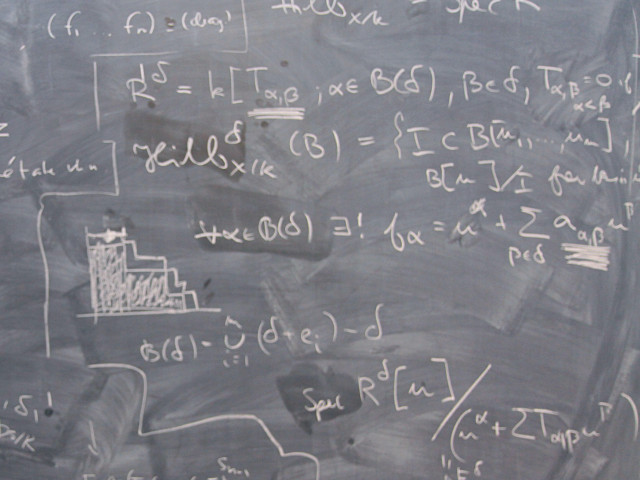Numerical treatment of initial value problems, boundary value problems, and eigen-value problems for ordinary and partial differential equations. Discretization by finite differences, finite elements, and finite volumes. Convergence, stability and error analysis. Application oriented computer labs and a project.
DN2225 Numerical Solutions of Differential Equations 6.0 credits
This course has been discontinued.
Decision to discontinue this course:
No information inserted
Information per course offering
Course offerings are missing for current or upcoming semesters.
Course syllabus as PDF
Please note: all information from the Course syllabus is available on this page in an accessible format.
Course syllabus DN2225 (Spring 2009–)Content and learning outcomes
Course contents
Intended learning outcomes
An overlying goal with the course is to give the student knowledge about how to formulate, utilise, analyze and implement advanced computer oriented numerical methods for solving those differential equation problems that are of importance in applications.
After completing this course the student should be able to
- for a given problem, identify problem type within the area of differential equations, ordinary and partial, and suggest an algorithm for the numerical solution
- utilise and analyze the most important algorithms for the kind of problems presented in this course
- utilise those algorithms from other areas of numerical analysis which are necessary for solving differential equations, e.g. large sparse linear systems of equations, Fourier analysis, etc
- set up and explain some fundamental mathematical models in science which are based on differential equations
- implement the algorithms i a programming language suitable for numerical computation, e.g. Matlab
- utilise computer tools for simulation and visualization of differential equation models in science and engineering.
Literature and preparations
Specific prerequisites
Literature
L. Edsberg "Introduction to Computation and Modeling for Differential Equations", Wiley 2008.
Examination and completion
Grading scale
Examination
- TEN1 - Examination, 3.0 credits, grading scale: A, B, C, D, E, FX, F
- LAB1 - Laboratory Task and Project Work, 3.0 credits, grading scale: P, F
Based on recommendation from KTH’s coordinator for disabilities, the examiner will decide how to adapt an examination for students with documented disability.
The examiner may apply another examination format when re-examining individual students.
If the course is discontinued, students may request to be examined during the following two academic years.
Other requirements for final grade
Examination (TEN1; 3 university credits).
Computer assignments and project work (LAB1; 3 university credits).
Examiner
Ethical approach
- All members of a group are responsible for the group's work.
- In any assessment, every student shall honestly disclose any help received and sources used.
- In an oral assessment, every student shall be able to present and answer questions about the entire assignment and solution.
Further information
Course room in Canvas
Offered by
Main field of study
Education cycle
Supplementary information
The course replaces 2D1225.
This course can be counted in the degree even if the student has taken 2D1255/DN2255.
In this course all the regulations of the code of honor at the School of Computer science and Communication apply, see: http://www.kth.se/csc/student/hederskodex/1.17237?l=en_UK.